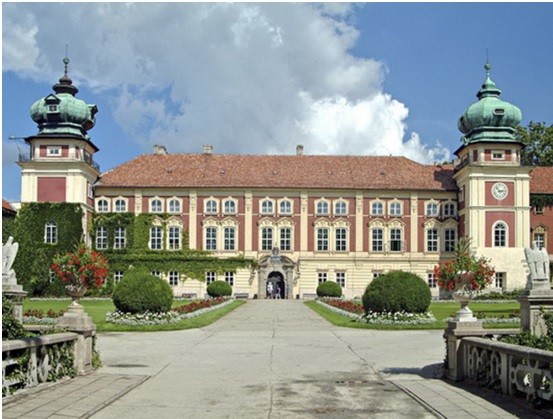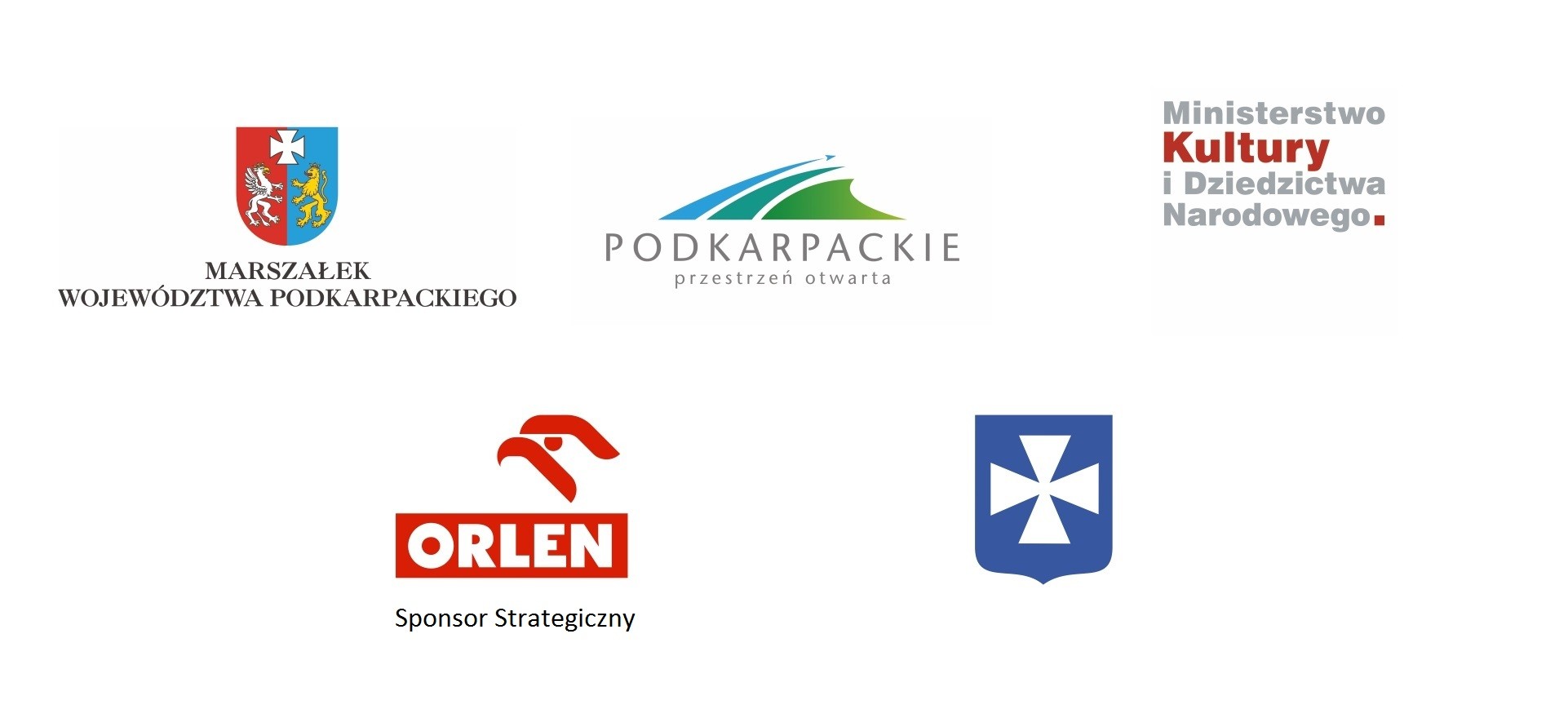Łańcut Castle Museum (Poland)
The history of Łańcut stretches back to the early Middle Ages, founded as a town in 1349. The property was in the hands of the Pilecki family, the Stadnicki family, the Lubomirski Family and the Potocki clan. It was Stanisaw Lubomirski who erected the present castle between 1629–1642.
At that time it was a modern residence with corner donjons surrounded by fortifications.
In the second half of the 18th century, the then current owner of Łańcut, Izabela Lubomirska of the Czartoryski family, converted the fortress into palace-park complex. She employed outstanding artists such as Jan Christian Kamsetzer, Szymon Bogumił Zug, Fryderyk Bauman.
The most mportant changes were made to the layout and equipment of the castle, adapting them to the needs of the fashion of the times.

In the 1870s, work started to create the park surrounding the castle. Lime-trees were planted out creating an avenue. In 1816, after Princess Izabela Lubomirska’s death, the whole estate became a property of her grandson Alfred Potocki the First. His son, Alfred Józef the Second rarely visited Łańcut, and so the castle together with the park fell into disuse.
After Alfred the Second’s death, Łańcut moved into Roman Potocki’s hands, who together with his wife, Elżbieta from the Radziwiłł family, returned it to its former splendour. From 1889 to 1911 the castle was renovated and reconstructed, included all floors. The elevations were converted into French neo-baroque style. Most of the present interiors were created at that time.
Works in the park started in 1890 and continued for 14 years. An Italian garden was created near eastern side of the castle, while a rose garden was arranged on the southern side of the Orangery. After this thorough reconstruction and modernisation, the Łańcut palace-park complex became one of the most luxurious residences in the continental Europe. The next Lord of the Manor in Łańcut,
from 1915, was Alfred Potocki the Third.
In 1920s the central heating was modernized, and a bathing suite installed. Łańcut Castle became a place for social meetings. The castle was visited by representatives of royal dynasties, Polish and foreign aristocracy and politicians. In 1944 Potocki had to leave Łańcut. He settled in Switzerland, where he died in 1958.
Międzynarodowy Festiwal Sztuk TRANS/MISJE zrealizowano dzięki wsparciu:

Back